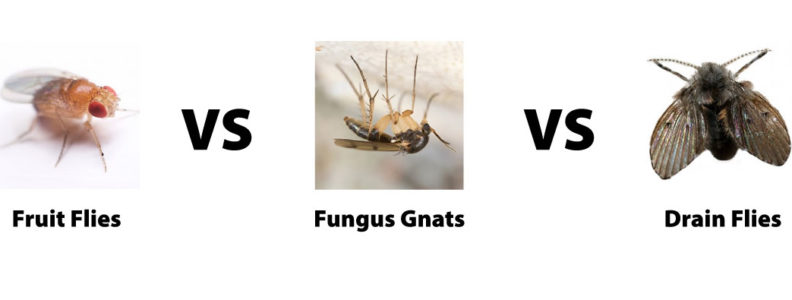When it comes to things buzzing around your house, it can be easy to dismiss them all as tiny flies. However, there are three completely different types of insects that fly around drains in kitchens and bathrooms. Once you know what to look for, identifying exactly which tiny flying insects you are dealing with becomes easy.
What Do Fruit Flies Look Like
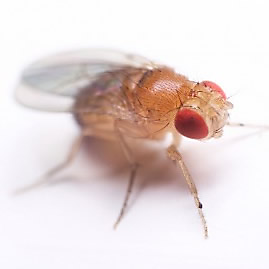
Without a doubt, fruit flies are the most common flying insects that will pester you in the kitchen. They are attracted to fresh and decomposing fruit as well as sugary juices and alcohol.
- Colors: The two most common fruit flies, the Red-Eyed Fruit Fly and the Dark-Eyed Fruit Fly, have striped abdomens. Their eye colors are, as the name suggests, red or black, respectively.
- Size: Red Eyed Fruit Flies are about ⅛-inch long. Dark Eyed Fruit Flies are a bit bigger, at about 3⁄16-inch long.
- Body type: Similar to a house fly, but much smaller.
- Where: Fruit flies may be buzzing around your fruit bowl, inside a trash receptacle, in a recycling bin, or in your drain or garbage disposal.
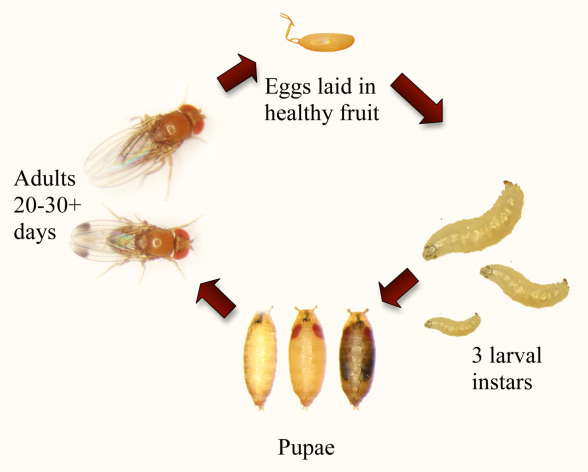
The best way to get rid of fruit flies is to keep your kitchen and garbage receptacles clean of any accumulated debris that may attract them. This includes thoroughly rinsing out beverage containers, using fruit quickly or placing it in the refrigerator, sealing garbage cans and removing refuse regularly from the area.
Where do fruit flies lay their eggs?
Fruit flies lay their eggs on fruit that has been left out too long and started to rot or inside the drains of kitchen sinks where old food has collected.
What does a gnat look like
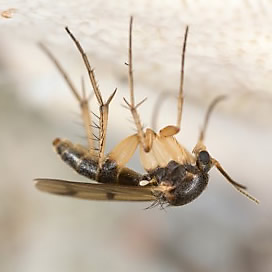
If you spot a swarm of bugs flitting above a houseplant, you probably have fungus gnats instead of fruit flies. Fungus gnat larva and pupa prefer moist soil to protect them as they develop. Before they progress to adult form, they can severely damage the root system of your potted plants.
- Colors: Adults – brown or black with light-colored legs.
- Size: Adult gnats are less than ⅛-inch long. Their larva and pupa forms are about the same size.
- Body type: Although they are technically flies, they have a mosquito-like appearance.
- Where: Fungus gnats will be spotted flying close to your potted plants and will show little interest in going anywhere else as long as there is moist soil available.
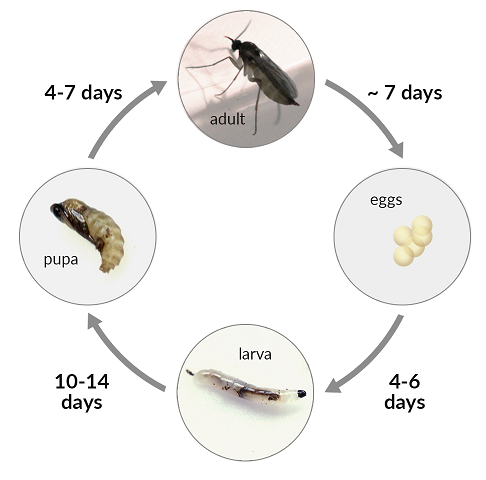
Preventing fungus gnats should begin when you first purchase a houseplant. Before bringing it into the home, pull it out of the pot and look for signs of these pests, including glossy, clear larvae. Obviously, any plant that already has gnats flying around it should be left at the store. Fungus gnats prefer moist material to deposit their eggs. Further, avoid adding water-retaining material when potting a plant such as peat moss.
What’s the difference between a gnat and a fruit fly?
Fruit flies are similar in shape to a common house fly, though much smaller, while fungus gnats have a shape that is more similar to a small mosquito.
How To ID Drain Flies
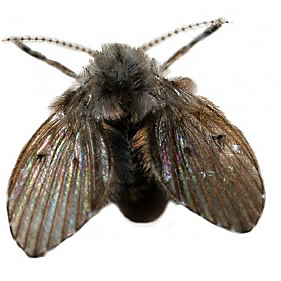
These hairy bugs are another kitchen pest. They thrive in dark, damp conditions and often find an ideal home inside a drain, which can include a floor or a sink drain, sink overflow or another area open to plumbing. Although they don’t bite, their presence can aggravate asthma in some people.
- Colors: Light gray or tan with a dark border around wings.
- Size: About ⅛-inch long.
- Body type: Moth-like with fuzzy bodies and antennae.
- Where: Drain flies breed inside of drains, often laying eggs in the sludge that accumulates inside. Adults will clumsily fly out of the drain and land nearby on walls and ceilings.
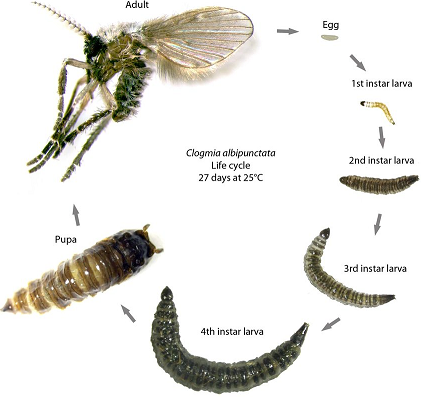
The life cycle of a drain fly
To prevent future drain fly infestations, clean your drains once a week. Start by dumping 1/2 cup salt down the drain. Then dump 1/2 cup baking soda down on top of it. Follow that with 1 cup of plain white vinegar, and let the fun begin. For help identifying other pests like Bed Bugs, visit our identification page.

